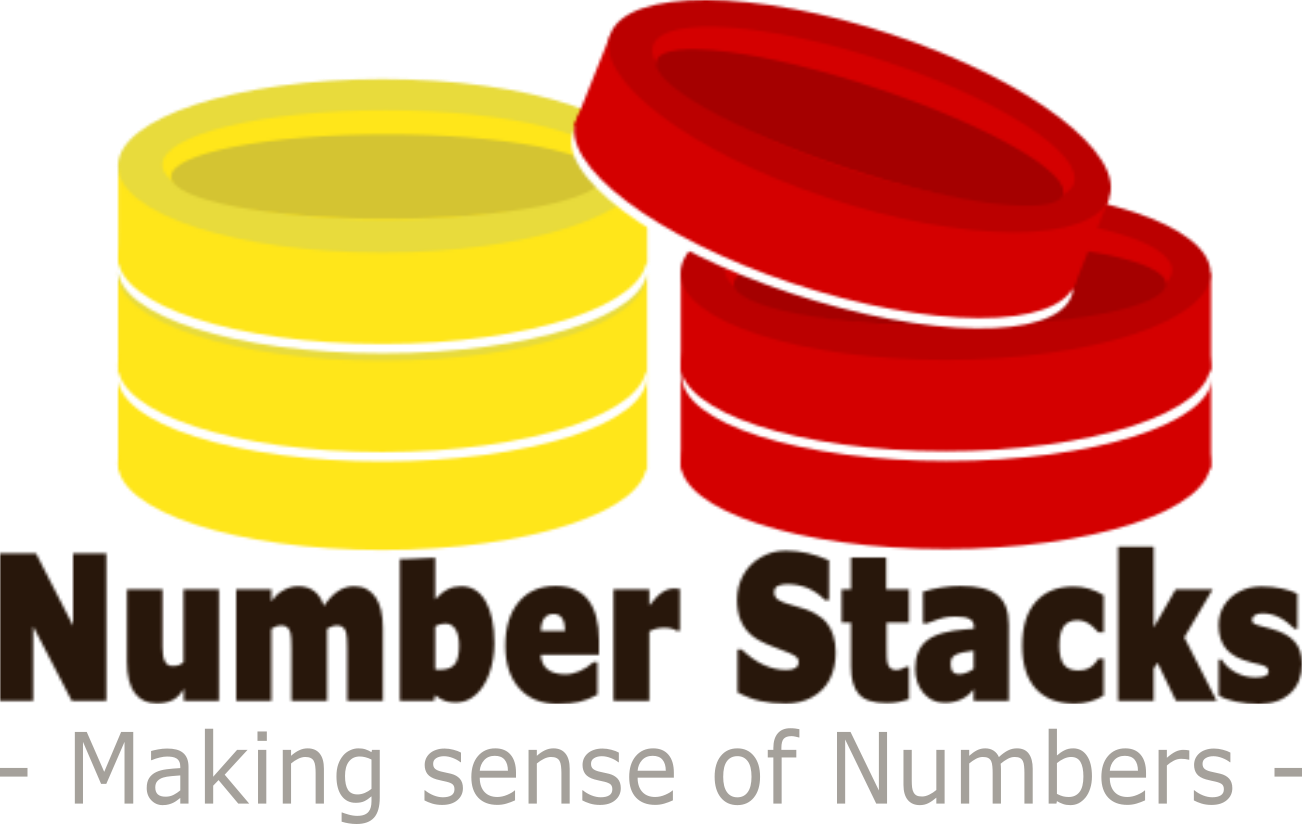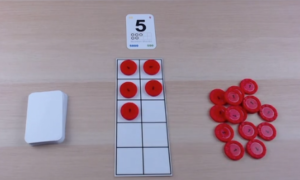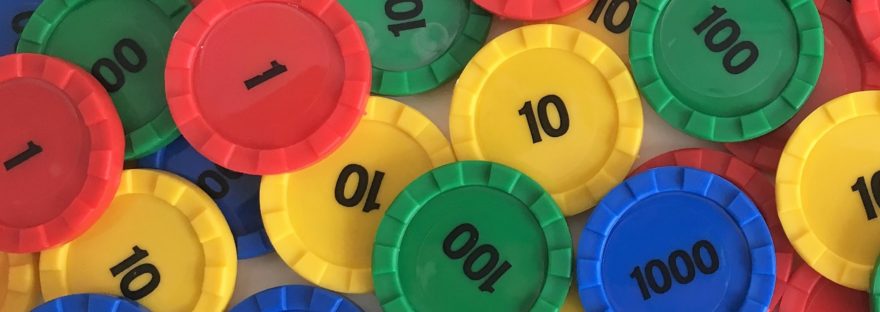I’ve been thinking about starting a Blog for a while now but decided that it was time to stop thinking and start typing!
After 16 years in Primary education, I decided last year that it was time to take a break and try something new. I had gone straight from university into a PGSE course and then into my first teaching job in a junior school in Colchester, Essex. After five happy years, during which I somehow found myself as a leading ICT teacher delivering staff-training around the county, I took a new job as deputy head at Dedham C of E Primary School. We worked hard to achieve an Outstanding Ofsted grading in 2012 and when the Headteacher retired in 2016, I became the new Head.
Now many people would think that this was the perfect thing to happen – to step up into Headship in a school where I was known and respected and had worked closely with the previous Head to shape the curriculum, assessment system and other policies exactly how I wanted them to be. The thing was, I always had a nagging doubt that I would miss being in the classroom and it turned out to be true. Despite my best intentions to keep my teaching skills sharp, the inevitable Headteacher ‘To Do’ list just seemed to grow and grow. Safeguarding, performance management, pupil progress meetings, monitoring and assessment, behaviour management, health and safety, meetings with parents and governors reports (to name but a few) seemed to suck up all of my time. Perhaps I should have delegated more but I was conscious of the increasing demands on my staff and the drive to reduce (not increase) workload.
The whole reason why I chose to become a teacher in the first place was to teach children! To be creative and to try and explain things to children in ways that they would understand, engage with and remember! After my first year of Headship, I decided that it just wasn’t right for me and so I gave the Governors another year’s notice so they could find the right person for the job and set about planning my next career move.
Thinking about what I liked most about my class teacher roles, I decided that there were two aspects I really enjoyed:
- Working with the children.
When you strip back teaching to its basics (and remove all of the ‘extras’ that are now put upon us by the delightful people at the DfE and, dare I say it, Ofsted) it is about getting children to learn new things. That amazing moment when things click into place and a child suddenly realises they understand something, never fails to brighten even the hardest of days. Also, the in-depth conversations you have with children about their own lives and the relationships you build with them throughout their time at school is something I wanted to somehow keep.
- Being creative!
I loved trying to think of new ways to help children understand. Using practical equipment or ICT to bring learning to life. Using drama and role play to allow children to be a part of things rather than just reading or watching. Setting games and challenges for homework rather than just endless sheets of questions that we had already done in class. In my early teaching years I sometimes spent hours planning lessons that would only last half that time but it all seemed worth it. As you move into management, you have to strike a balance between your teaching and your management responsibilities and then as a Head, those opportunities for creativity can all but disappear.
So, I knew what I liked about the job and didn’t want to waste all my knowledge and experience that I had built up over my years of teaching. I decided that it was time to be brave. I didn’t like the idea of stepping back into the classroom – not yet anyway – so for the fist time since leaving university, I left a job without another one waiting for me. I set up my own tuition business and was fortunate to have many parents from my old school approach me to work with their children. I was also very lucky that my In-laws had a large office space going free that they allowed me to set up as a mini-classroom to run tuition groups in the afternoons and evenings. This was my ideal job! I got to spend my time doing the two parts of the job I loved without any of the bad parts! Okay, it was a bit of a hefty pay-cut but it was completely worth it! I got to fall in love with teaching all over again.
The best part of my new tuition business was that I had my daytime hours free and this was when I would put part 2 of my plan into action. As a maths subject leader for most of my time in teaching, I had always wanted to create my own primary intervention:
- Something that was hands-on and used practical resources to help children understand what numbers looked like and what was happening to them rather than just learning an abstract method.
- Something that didn’t require sending teachers and teaching assistants on time-consuming, expensive training before they could start implementing it.
- Something that didn’t take longer for the supporting adult to read and understand the instructions for an activity than it did to actually run each session with a child.
- Something that didn’t require mountains of printing or running around looking for different pieces of equipment for every session.
- Something that could easily show progress for children that perhaps didn’t quite fit the mould of many of the new assessment systems that were commonly being used (not ours – we created our own so that it reflected the progress made by ALL of our pupils!).
- And finally, something that could be used by parents at home. We were lucky enough to have lots of engaged parents who would ask what they could do to support their children at home. In a time when budgets were shrinking too, I also wanted to create something that meant if a school had to reduce TA numbers, children could still be supported by any willing adult (parents, relatives, volunteers) regardless of experience so that they didn’t fall behind.
I had been a massive fan of place-value counters ever since I first used them at a maths subject-leader update but always thought they would be better if they were thicker and easier to handle and could be stacked to ‘build’ numbers rather than being spread messily around a table.
And so Number Stacks was born!
I wanted to make everything as simple as possible to follow so I broke Key Maths Skills into strands and sorted them by year group: Number & Place Value, Addition & Subtraction; Multiplication & Division; Fractions; Decimals & Percentages. This ended up giving a total of 69 Key skills, progressing in each strand from EYFS to Yr6.
I put together a kit of equipment that would be needed to explain these Key Skills in a way that children would understand. I then created videos for each Skill that were designed for an adult and child to watch together. This meant no instructions for the adult to read so all the time could be spent working with the child. Finally, fluency activities to allow children to put in to practice what they had learnt, initial assessments to allow adults to work out each child’s starting point, and games (from the many I have created over the years) to consolidate existing skills were added to complete the resource.
6 months later I had many hours of edited video, along with hundreds of fluency activities, assessments and games that I needed a home for. My website building skills were limited to updating the old school website from time to time and I didn’t have the financial resources to pay anybody else to do it so I went back to school. Well, Google School! Weekends and evenings were spent learning the ins and outs of WordPress to build a membership site. It’s not perfect, and I’m sure others could do a better job, but I’m happy with what I created. It allows people to see what the product is all about, order Number Stacks resource kits and buy memberships to access the videos and other resources.
You can see the fruits of my labour at www.numberstacks.co.uk
We are still only half way through our first year and have been absolutely blown away by the feedback we have received from our early adopters, particularly those educating their children at home. It gives me confidence that Number Stacks will help so many children who just need an extra boost with their learning in maths and who knows, it may allow me to continue doing the things I love whilst still making a difference.
If you’ve read this far, thanks for sticking with me. I hope to be a bit more maths-focused in my future posts but just wanted to share my story!
Until the next time….
James





